Traditionally, the harvest begins at the end of August or during September depending on the maturity of the grapes, and generally lasts three weeks. The date is not chosen at random, it is the result of a proven methodology created in 1956 which makes it possible to determine the best time to start the harvest. With a certain flexibility all the same, each winegrower remaining master of his calendar. In 2020, the harvest was the earliest in the history of Champagne, in some sectors it even began as early as August 17, an exceptional year in quantity and quality. Let's wish everyone an equally good harvest for 2021!

Relying on the maturation network
The nice story would be to believe that the harvest is done intuitively, but that is not the case. The choice of the harvest date is determined by the "matu network" created in 1956: on more than 600 control plots, bunches are taken twice a week and carefully studied. The weight, sugar content, acidity, percentage of veraison (ripening) and gray rot (a harmful fungus) are examined closely. This monitoring system makes it possible to set a start date for the harvest by grape variety and by vintage. It is obviously the harvester who ultimately decides, but the network is a great indicator that helps avoid picking too early or too late.

2021, a later year?
In Champagne, the harvests follow one another but are not alike. An old Champagne adage says "year in 1, year of nothing!", let's hope to prove it wrong. The Champagne Committee reminds us of the average date of bud burst (flowering of the buds) around April 8-9 for Chardonnay, and around April 12-14 for Pinot Noir and Meunier, followed by flowering on June 9. The harvest will therefore take place in mid-September, a harvest a little later than last year.
Hand picking only
The grape harvest is a particularly exciting time that concludes a year of work, a bit like the grand finale of a fireworks display. Nearly 120,000 people - they are called Hordons - will participate in the grape harvest for three weeks. The bunches of grapes must be picked whole and intact, hence the obligation to harvest them by hand only, a constraint (but also a luxury!) that dates back to the 18th century. The bunches are then placed in special crates to prevent ripening, then transported to the press located near the vineyard. The adventure begins, in February or March, the clear wines will be tasted: the champagne before the foaming. The production is tasted, evaluated and scrutinized by the Cellar Master and his teams who form an initial opinion on the past harvest and the potential it contains. Perhaps a vintage to be won?




